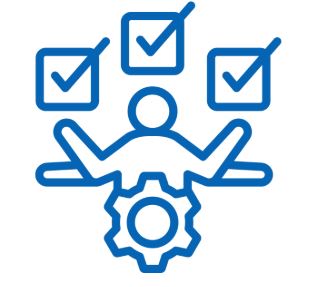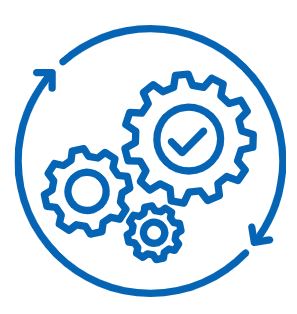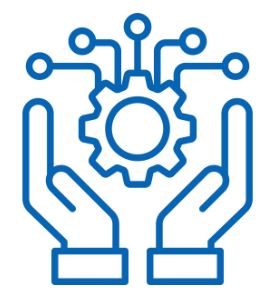
In today’s complex and volatile business environment, organisations constantly encounter paradoxical tensions – competing demands that are simultaneously contradictory and interdependent.
These inherent tensions, such as balancing stability with change, or focusing on short-term survival while pursuing long-term adaptability, are experienced across every level of your business: individual employees, operational teams, and the organisation as a whole.
Navigating these conflicts requires more than standard problem-solving; it demands a fundamental shift in perspective. It requires embracing a Paradox Mindset (PM).
What is a Paradox Mindset, and why should leaders care?
The three levels of Paradox Mindset enactment
Organisational Level |
Paradox Mindset Practices |
Description and Examples |
||
Organisation level |
1. Acknowledging the paradox: Intent to identify and articulate the paradox.
.
2. Facilitating Paradox Mindset: Deliberately establishing organisational structures, systems, and culture to encourage a PM.
|
This involves seeking multiple perspectives, communicating balanced strategies, and developing performance metrics (KPIs) that reflect competing demands (e.g., both cost reduction and member experience). | ||
Team level |
3. Joint sense-making: Collectively interpreting and developing a shared understanding of the paradox.
.
4. Working through paradox together: Leveraging team perspectives and collective abilities to navigate tensions.
|
Teams actively share convergent and divergent ideas, reinforcing consistent messages, and engaging in collective problem-solving to achieve both elements of the paradox simultaneously (e.g., focusing on retention/service and acquisition/sales). | ||
Individual level |
5. Meaning-making: Individual intent to develop awareness and understanding of the paradox.
6. Engaging with paradox: Individual intent to adopt “both/and” behaviors. |
Individuals intentionally seek deeper understanding of the paradox, consider multiple timeframes and perspectives, embrace ambiguity, and use deliberate language to frame nonbinary responses, transforming conflicts into opportunities for growth.
|
Disseminating and scaling
For PM to be impactful, it must be shared. A crucial element for executives is understanding the interactions by which PM flows between the organisational layers.
1. Disseminating (top-down flow): Disseminating involves organisational and team efforts aimed at cascading paradox mindset to lower levels. This is typically initiated by senior leadership:
|
|
|
|
|
|
Practical implications for business leaders
By intentionally recognising and engaging with competing demands through deliberate practices, executives can ensure that paradoxes are harnessed as catalysts for innovation and sustained organisational progress.
Find out more
To explore the full depth of our findings and discover how your organisation can cultivate a Multilevel Paradox Mindset, we invite you to read the full article. You can also find more information on our Paradox Research Page.
Read the full article
 |
Halton, A. M., & Wiewiora, A. (2025). Paradox Mindset: A Multilevel Framework. The Journal of Applied Behavioral Science, 0(0). https://doi.org/10.1177/00218863251376176 |
If you’re ready to start embedding paradox-ready practices into your leadership and culture, connect with our team today. We’re here to help you turn complexity into opportunity. Email Associate Professor Anna Wiewiora at a.wiewiora@qut.edu.au or future.enterprise@qut.edu.au



